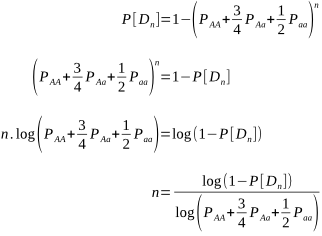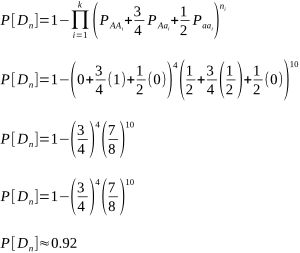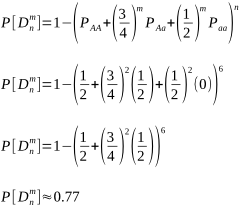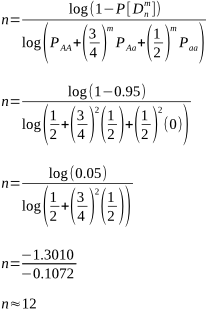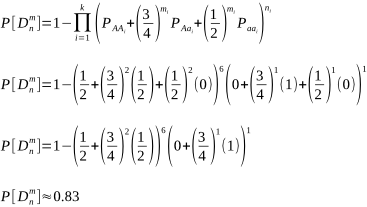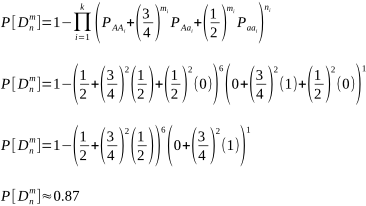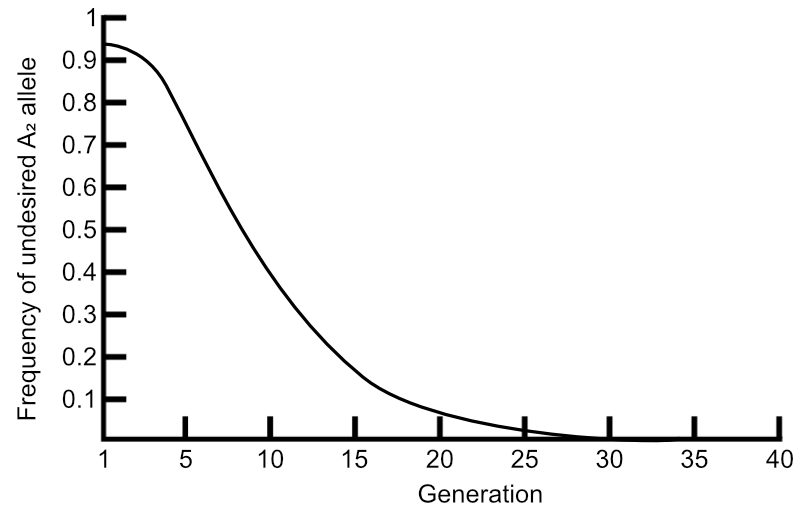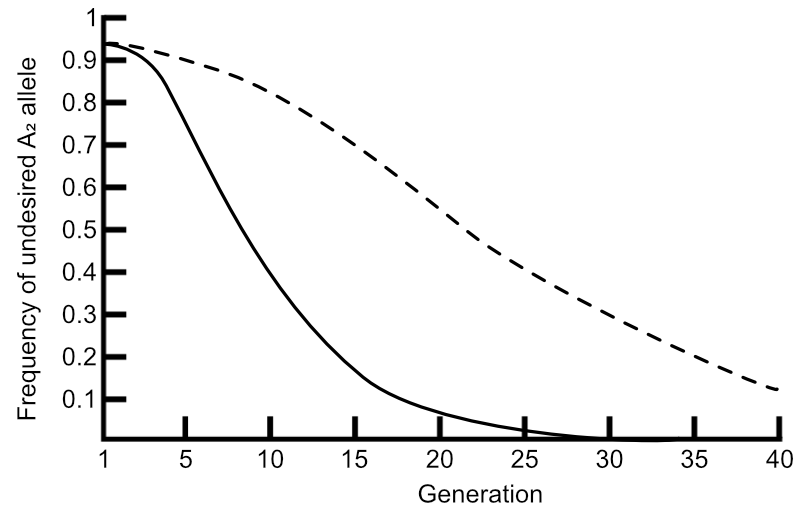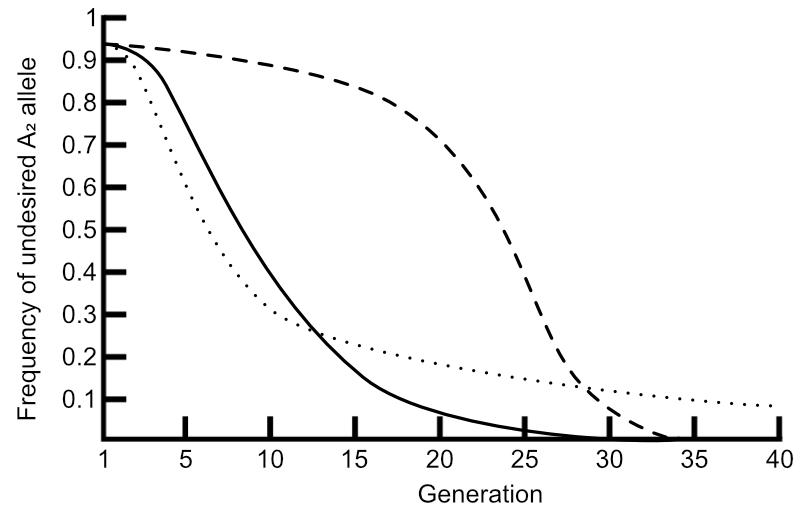In The Maths of Matings, Part 1 I promised to write a supplementary post explaining mathematical logs, and here it is!
Firstly, what are logs?
‘log’ is short for ‘logarithm’. And ‘logarithm’ can be defined as ‘how many times must one number be multipled by itself to get another number?’
For example, writing ‘log10(100)’ means ‘how many times must we multiply 10 by itself to get to 100?’
The answer is 2, as 10 × 10 = 100.
Similarly, log10(1000) is 3 and log10(10000) is 4.
The ‘10′ part refers to ‘base 10′. You could have logs of other bases, like log2(8) = 3 (2 × 2 × 2 = 8), or log4(256) = 4 (4 × 4 × 4 × 4 = 256), and so on, but we really don’t need to worry about these. This is because base 10 is our regular everyday number system, and log10 is the one most often used in maths and science. To save writing it all the time, people drop the ‘10′ part altogether and write it as ‘log’. If you see ‘log’ by itself, know it to automatically mean log10.
Thus we could equally write log(100) = 2 or log(1000) = 3.
Before the days of calculators and electronic computers, people routinely used logarithms to perform quite involved mathematical calculations. These people were called ‘computers’, as in ‘one who computes’. Mathematicians were hiring ‘computers’ as early as the 1600s! It is only since the 20th century that the word ‘computer’ became synonymous with machines who took over that (often tedious and laborious) work.
Logarithms made working with difficult numbers by hand much easier, and knowing the rules made things easier again. One such logarithmic rule is:
log(x)n = n × log(x)
In algebra, it is common to use a ‘.’ (full stop or period) instead of the multiplication sign ‘×’.
Thus log(x)n = n × log(x) can also be written as log(x)n = n.log(x)
Going back to the formula from last week:
Line 2 is a simple swapping to have ![]() by itself on the left.
by itself on the left.
Line 3 takes the log of both sides to remove the exponent n. (Can you recognise the application of the rule log(x)n = n.log(x) here?)
(If the log is taken on one side it must also be taken on the other side so both sides balance.)
Line 4 is a simple rearrangement, and from this we were able to solve for n as in the examples last week.
